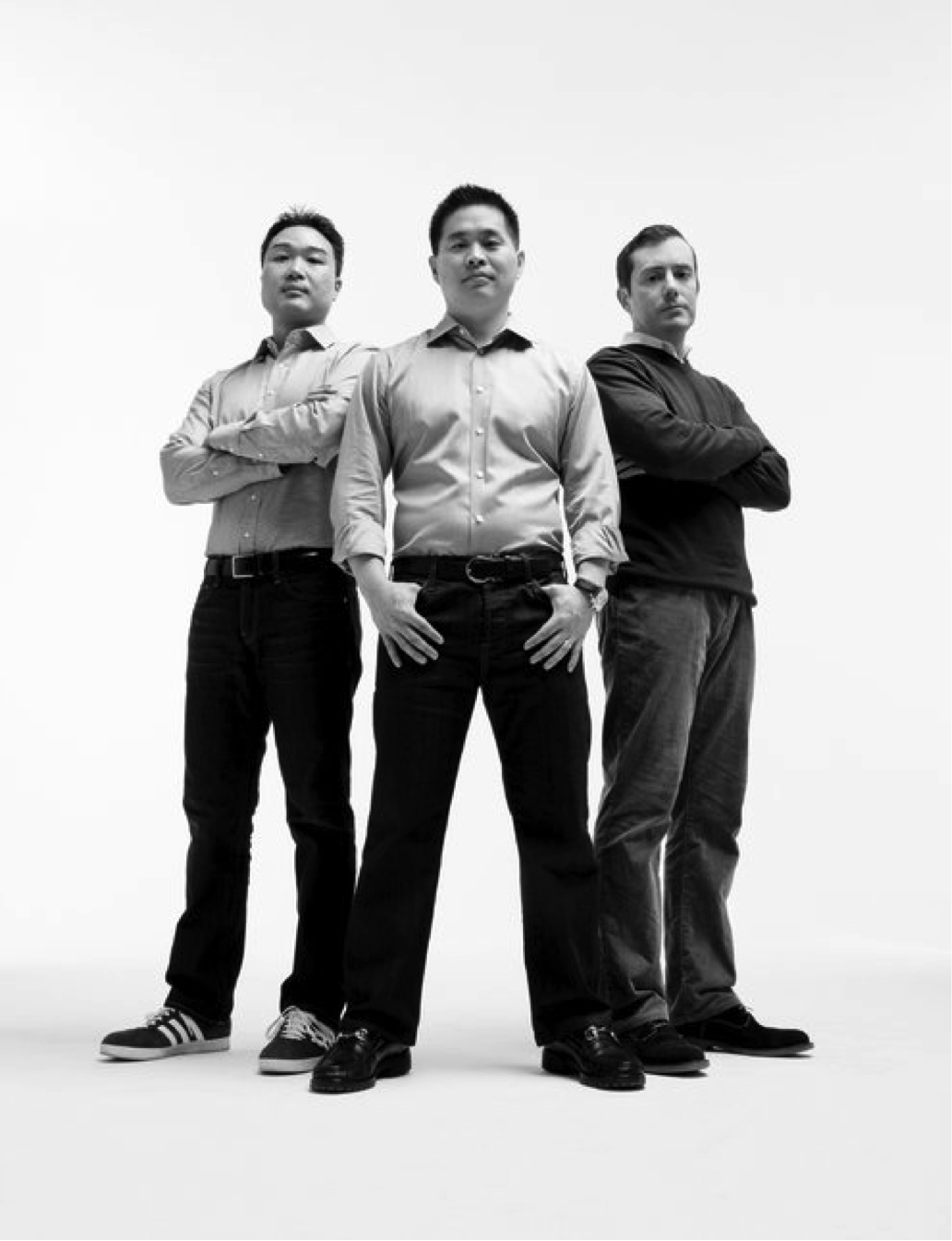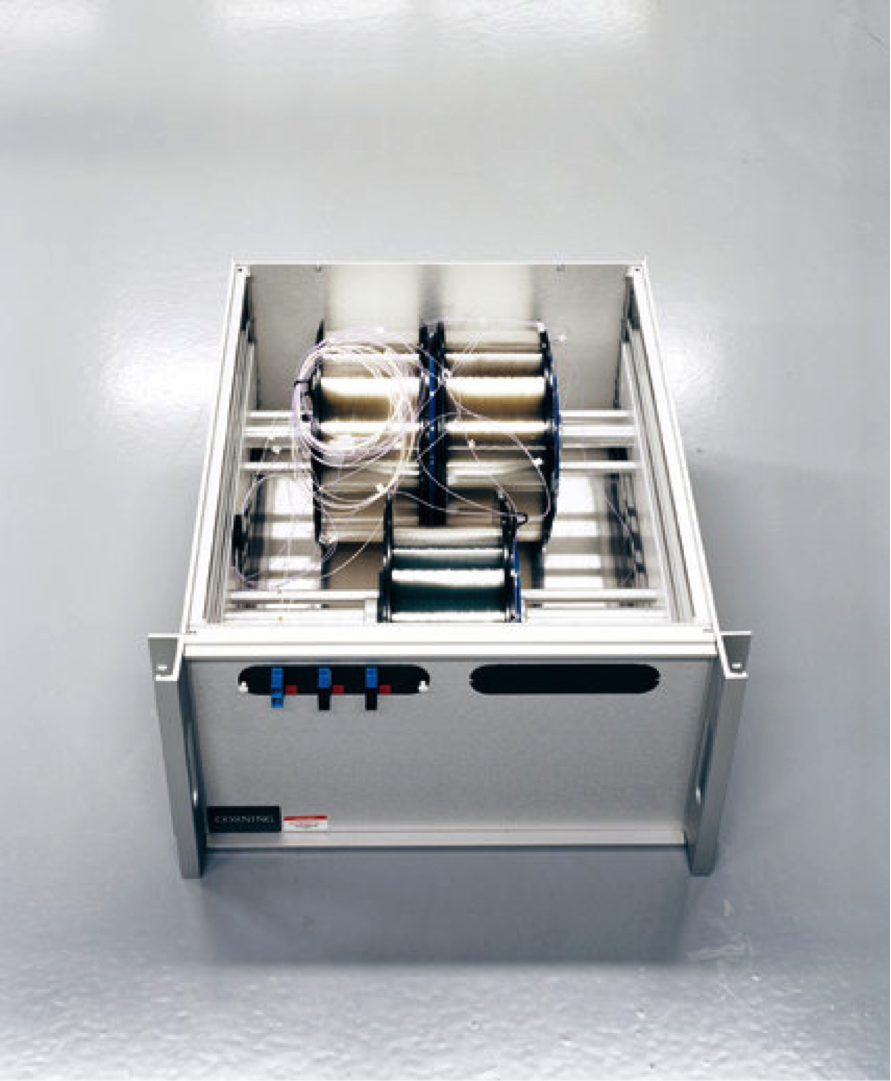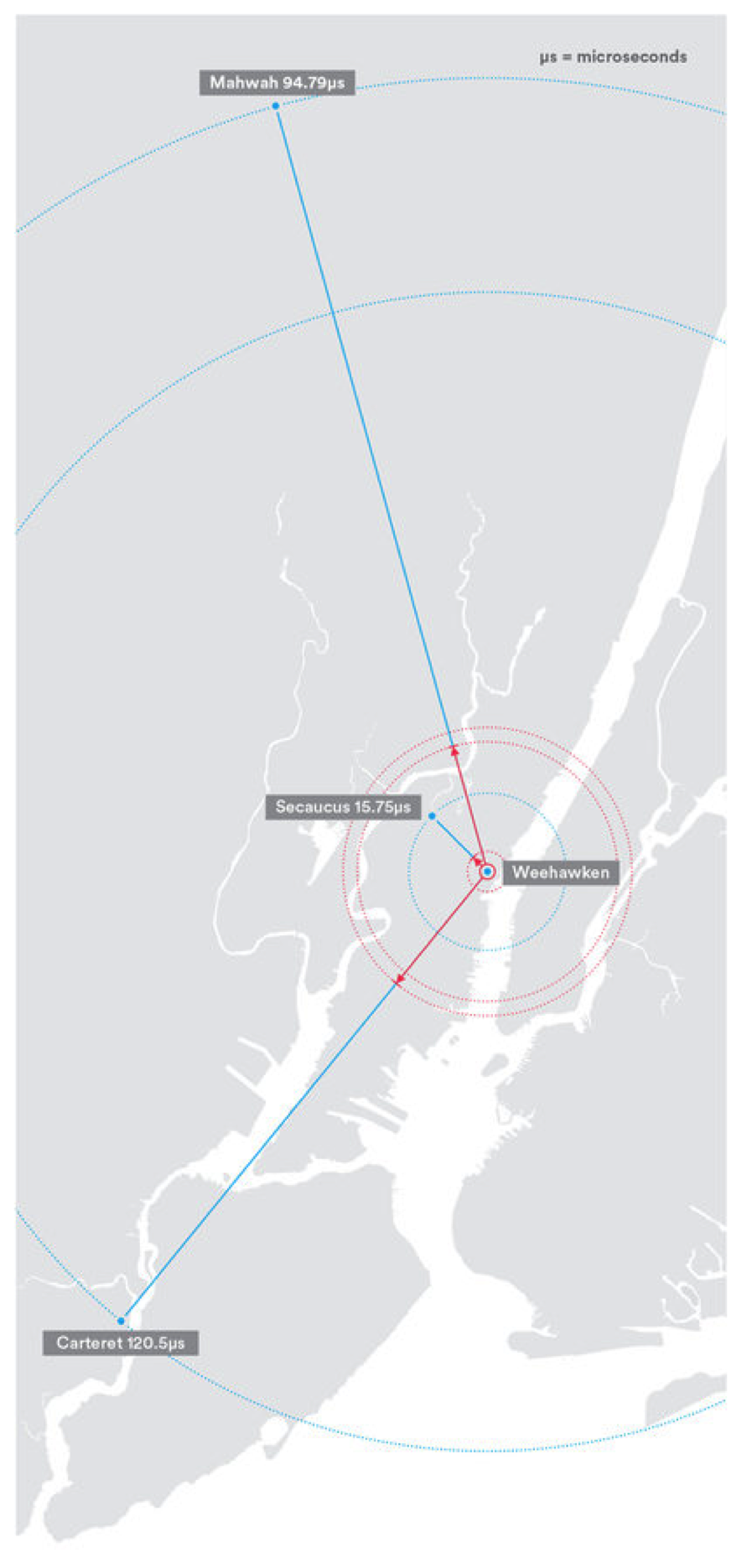Wolf Hunters from Wall Street. Part 2
- Transfer

Adaptation from the book of Michael Lewis "Fast Boys"
[ This is the second part of a series of translation adaptations of a recent book by Michael Lewis. The first part can be read here - approx. transl.]
People always thought that since Brad Katsuyama is an Asian, he must be a computer genius. In reality, he could not (or did not want) even set up his digital player. What he really could do was to distinguish which of the IT professionals really knew his job and which didn’t. So he was not particularly surprised when in RBC [ Royal Bank of Canada, Royal Bank of Canada- approx. transl.] eventually stopped trying to find someone who could clean up their electronic bidding and asked him, Katsuyama, to take on this task. However, he seriously perplexed friends and colleagues by agreeing to take on this, despite the fact that: a) he already had a calm and “dust-free” job of managing “live” traders, for which he received $ 1.5 million in year and b) RBC had nothing to add to the electronic bidding process. The market was confused; large investors needed only a few trading algorithms distributed by brokers, and Goldman Sachs, Morgan Stanley and Credit Suisse have long occupied this niche.
So, Katsuyama led a business called electronic trading - despite the fact that he could only sell useless software from Carlin Financial. What he had in abundance at that moment were questions that were not answered. Why, for example, in the interval from public stock exchanges to dark pools [liquidity] - private exchanges created by banks and brokers that do not report in real time about their trading activity - there are at least 60 organizations, mainly located in New Jersey, where can I buy any stock listed on the stock exchange? Why are you paid on one exchange for a particular action - for example, for the sale of shares, while on the other, for the same action, on the contrary, they charge you? Why is the market condition on Wall Street computer screens turning out to be fiction?
Katsuyama hired Rob Park, a gifted IT professional, to explain to him what was really going on inside all these “black boxes” from Wall Street, and together they began to assemble a team to investigate what was happening on the US stock market. As soon as the team was formed, Katsuyama convinced his superiors at RBC to do something that resulted in a series of experiments. Over the next few months, he and his guys planned to trade stocks not for profit, but to test their theories. RBC agreed to give the team the opportunity to spend up to $ 10,000 a day to find out why the market conditions for each selected stock changed radically every time RBC tried to conduct a particular trading operation with it. Katsuyama asked Park to think about which theories might explain this.
They started with public markets with 13 stock exchanges located in four different locations and led by the New York Stock Exchange, Nasdaq, BATS and Direct Edge. The first theory of the Park was that exchanges do not group all orders together at the same price, but place them in a certain sequence. You and I can enter an order to buy 1000 Intel shares at a price of $ 30 apiece, but you can somehow get the right to cancel your order if mine was executed. “We began to gain a foothold in the belief that people canceled warrants,” Park says. “That these were phantom warrants.”

This box, housed in a building in Secaucus, New Jersey, contains a 38-mile fiber-optic cable, which creates small delays in processing orders, thereby equalizing the chances of different traders.
Katsuyama attempted to send orders to individually selected exchanges, almost certain that this could confirm that some or even all exchanges allow phantom orders to appear. But no: to his surprise, he found out that on an order sent to a specific exchange, he could easily buy the shares for sale. What he saw on a computer screen was indeed the real state of the market. “I thought ... with her, with this theory,” Katsuyama says. "And I also thought that we had no other theory."
This made no sense: Why is the market data on the computer screen real if you send an order to a specific exchange, but cease to be true if you send an order to all exchanges at once? The team began to send orders to groups of exchanges in various combinations. The first were the New York Stock Exchange and Nasdaq. Then came the New York Stock, Nasdaq and BATS. Then came the New York Stock, Nasdaq BX, Nasdaq and BATS. Etc. And the further things went, the more mysterious it became. The more exchanges there were on the list, the smaller the percentage of execution of the order became, the more sites on which they wanted to buy shares became, the less shares they ultimately managed to buy. “There was only one exception,” says Katsuyama. “No matter how many exchanges we send orders, we can always buy all shares, exhibited at BATS. " Park had no explanation for this: “I just decided that BATS must be a great exchange!”
One morning, during a shower, Rob Park came up with a different theory. He tried to present a graph he saw before, showing how long it took to send an order from Brad Katsuyama's computer, located in the World Financial Center, to each of the exchanges.
The amount of time required for this operation was fantastically tiny: in theory, the fastest order from the Katsuyama computer in Manhattan reached the BATS exchange in Wihoken, New Jersey - it took two milliseconds. The longest order went to the Nasdaq exchange in Carteret, New Jersey - it took four milliseconds. In practice, these numbers could vary significantly depending on network traffic, as well as equipment failures between two points. Even in order to blink quickly, you need 100 milliseconds - and the more difficult it was to believe that in a time less than we spend on blinking, something can happen that has real consequences on the market. Allen Zhang, whom Katsuyama and Park were considered the most talented programmer on the team, wrote code that embed “delays” in the process of sending orders to “nearby” exchanges, so that they came there at the same time as the "distant" exchanges. “It was illogical,” Park says, “because everyone told us: the faster, the better. We should have accelerated, but we, on the contrary, tried to slow down. " One morning they sat down to test the program. When a purchase order was sent from the computer, which, as a result, was not executed, the screens lit up in red. When the order was executed partially - brown, and when executed completely - green.
And this time the screens turned green.

High-Speed Trading
For the microseconds that a high-frequency trader needs in order for his order to reach various stock exchanges located in the cities of the state of New Jersey (blue lines), an ordinary trader's order usually only passes the distance marked in red. The temporary gap - which is now under the supervision of the Attorney General of New York - may in some cases carry financial benefits.
“It was 2009,” says Katsuyama. “Before that, I had observed a similar picture for two years and was definitely not the first to find out what was really happening. So what happened to the others? ”The answer, apparently, was contained in the question itself: everyone who figured out the problem tried to make money on it.
Now he and the RBC got a tool that could be sold to investors: a program written by Jen that built in delays in the process of sending orders. This tool allowed traders, such as Katsuyama, to do their job - take the risk on behalf of large investors and trade large volumes of stocks. Now, such traders could once again trust the numbers on computer screens. The program needed a name. The team racked their brains until one day a trader jumped up screaming: “Dude, you have to call this thing Thor! The hammer! ”[ In the original article, both the hammer and Thor are called the same, however the“ canonical ”name of the hammer of Thor is Mjöllnir- approx. transl.]. Someone was asked to come up with a phrase that could be shortened to the acronym Thor - the words were picked up, but no one remembered them. The program began to be called - Thor. “I realized that we came up with something really worthwhile when we started using the word Thor as a verb,” says Katsuyama. “When I heard someone scream,“ Thor it! ”
Another proof that they found the right approach to solving the problem was the meeting of Katsuyama with some of the largest investment managers in the world. Katsuyama and Park made their first visit to Mike Gitlin, who led the global trade in million-dollar assets for investment manager T. Rowe Price. The story they told did not seem to Gitlin as a complete surprise. “You could see how something has changed recently,” Gitlin said. “You could see that when you try to trade stocks, the market understands what you are going to do and starts moving against you.” But Katsuyama outlined a much more detailed picture of the stock market - a picture that Gitlin could hardly have imagined - and everything seemed suspicious in this market. Wall Street brokerage company that decided whether to send buy or sell orders from T. Rowe Price to the market had a huge impact on how and where these orders were executed. At the same time, some exchanges paid brokerage companies for their orders, while others, on the contrary, charged a fee for this.
Did this affect where the broker decided to place the order - even if the decision went against the interests of the investors that the broker should have represented? No one knew for sure. Another suspicious activity was the “order flow pay”. By 2010, every brokerage company in the United States and all online brokers effectively traded their clients' orders at auctions. The online broker TD Ameritrade, for example, was paid hundreds of millions of dollars annually for sending orders to a hedge fund called Citadel, which worked with them on behalf of TD Ameritrade. Why was Citadel so willing to pay so dearly for being able to watch the flow of orders? No one knew for sure what the benefits of Citadel were.
Katsuyama and his team calculated how much cheaper they began to buy stocks when they eliminated the possibility that some unknown traders could make a leading deal. For example, they bought 10 million shares of Citigroup, and then, when the shares traded at $ 4 apiece, they earned $ 29,000 from them - or less than 0.1% of the total price. “It was almost an“ imperceptible ”gathering,” says Park. This amount looks insignificant, until you know that the average trading volume in the United States in one day is $ 225 billion. The same fee from all this amount is almost $ 160 million per day. “You managed to crank it so tricky because you couldn't know anything,” Katsuyama says. “It happened on such a tiny scale [ with a huge frequency of operations per unit time- approx. transl.] that even if you tried to bring the whole process to clean water, you could not do it. People are being fooled because they cannot imagine a microsecond. ”
